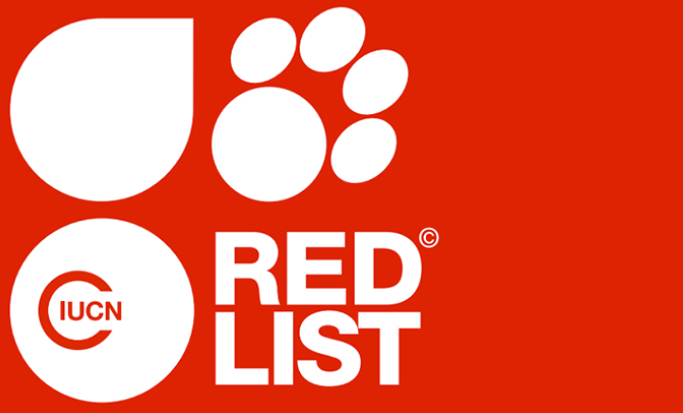IUCN Red List Update
The IUCN recently updated the Red List that make it more important to protect a number of lizard and cactus species. The Ibiza wall lizard has been reclassified as threatened, mostly because of invasive species and other problems caused by people.
Key Factors Contributing to Decline
- Invasive Species: The horseshoe whip snake that was brought to Ibiza and the California kingsnake that was brought to Gran Canaria have had a big effect on local reptiles. These invasive species fight with native species for resources and eat them.
- Illegal Trade: There is a lot of illegal trade of ornamental cacti because they are so popular. This trade hurts populations in their natural environments the most. This problem has gotten worse thanks to social media and world trade.
- Changes in the environment: Climate change and building new roads and bridges are changing landscapes and natural processes that are very important for local plants and animals to stay alive. For example, it has been said that changes in marine fog patterns are important for keeping Copiapoa cacti moist.
Impact on Specific Species
- Since 2010, the number of Ibiza wall lizards has dropped by 50%.
- The numbers of both the Gran Canaria giant lizard and the Gran Canaria skink have dropped sharply.
- About 82% of Copiapoa cactus species are now considered extremely endangered, which is a big jump from earlier assessments.
Proposed Solutions and Future Outlook
To stop these drops, strong laws are being put in place to stop illegal trade, habitat management is being changed to benefit conservation, and countries are working together to stop poaching. Research and educating the public are also very important for making safety measures better. Growing cacti in greenhouses is a safe way to grow species that are in danger of going extinct, which could help wild populations. The IUCN’s most recent updates show how important it is to start world conservation efforts right away. These attempts are very important if we want to stop the trends that are putting these unique species at risk of going extinct.
Month: Current Affairs - July, 2024
Category: Environment Current Affairs


